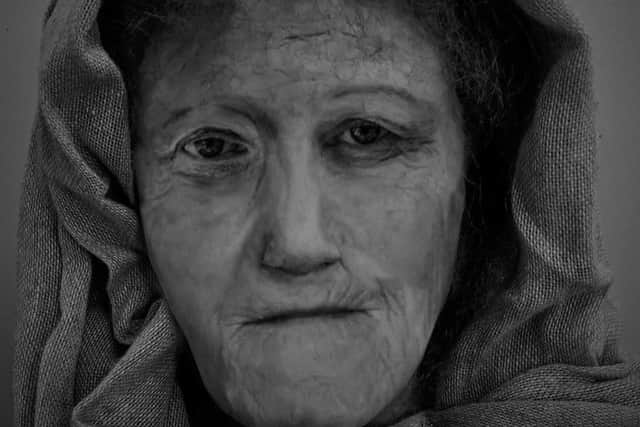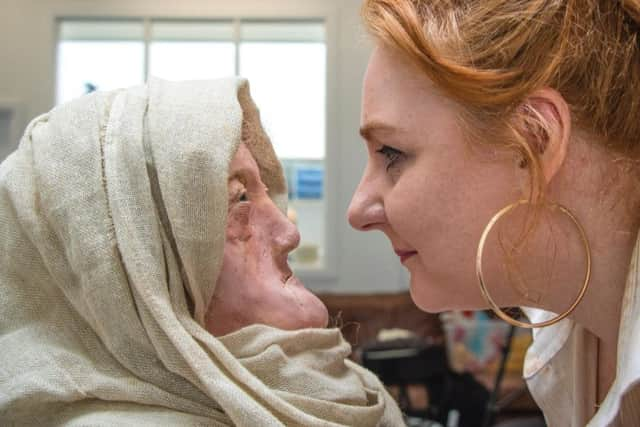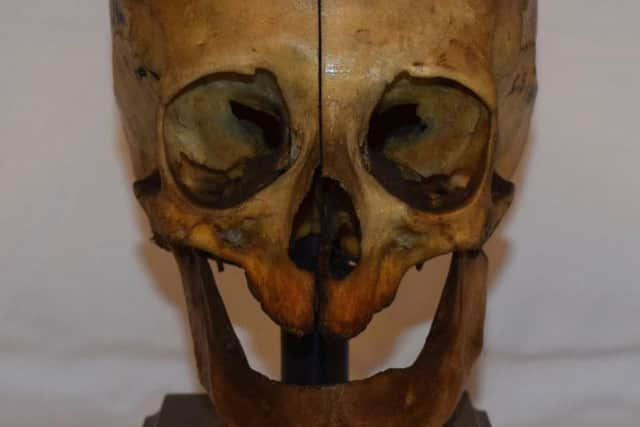Face of female druid from the Scottish isles brought to life 2,000 years after her death
Her face has now been reconstructed by a University of Dundee Student, who used her skull - which is held in a collection in Edinburgh - to bring Hilda back to life.
It is believed Hilda, the nickname given to the woman, was more than 60 years old when she died during the Iron Age - almost double the life expectancy of the time.


Advertisement
Hide AdAdvertisement
Hide AdKaren Fleming, a MSc Forensic Art & Facial Identification student, recreated the head in wax.
Ms Fleming said: “Hilda was a fascinating character to recreate.
"A female’s life expectancy at this time was roughly 31 years but it is now thought that living longer during the Iron Age is indicative of a privileged background."


Hilda was recreated from an ancient skull held at The University of Edinburgh’s Anatomical Museum and is described as one of six ‘Druids of the Hebrides’ skulls presented to the Phrenological Society of Edinburgh in 1833.
Ms Fleming said: “It’s impossible to know for sure when she died as we were unable to carbon date the skull, but assuming the information in the journal from 1833 is correct, Hilda passed away anytime between 55BC to 400AD and was of Celtic origin. I think she looks like many older women I’ve met in my life and I’m proud of that.”
Painstakingly reproducing features in wax, Ms Fleming said this year’s heatwave almost melted Hilda before she had been brought back to life.
“It’s funny to say it now but I had to keep parts of Hilda, like her wax modelled ears, in the fridge for most of the summer.


"As a mature student who commutes from Edinburgh, I often had to keep her cool in the car, strapped up in the passenger seat. I’m sure that’s a sight passers-by won’t forget seeing," she added.
Advertisement
Hide AdAdvertisement
Hide AdHilda will go on display at this year’s Masters Show at Duncan of Jordanstone College of Art and Design. More than 80 students will showcase their work during the week, which runs from Friday 16 to Sunday 25 August.
